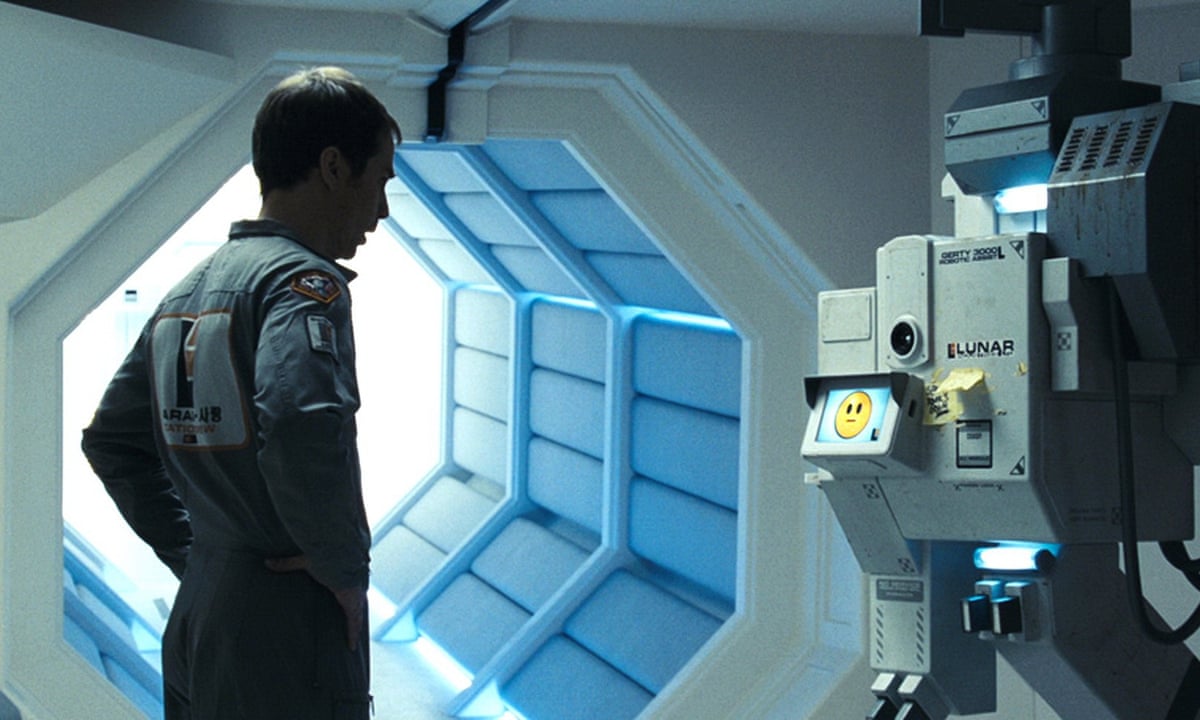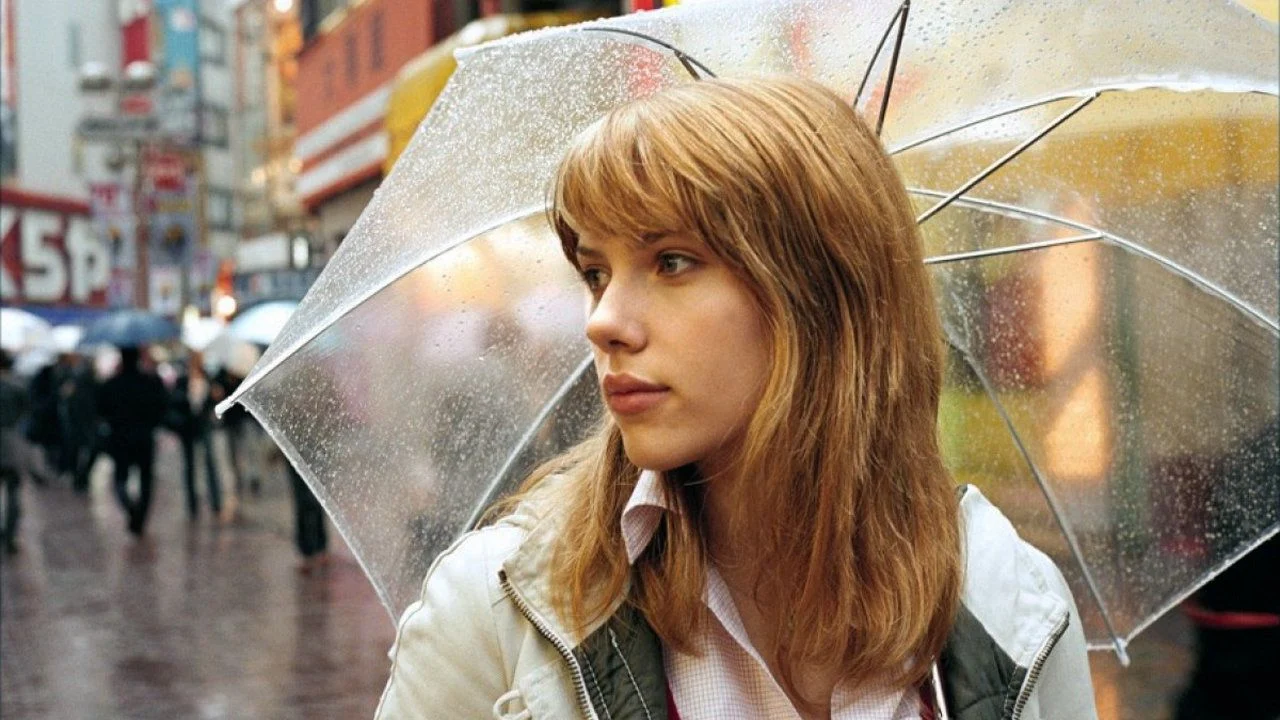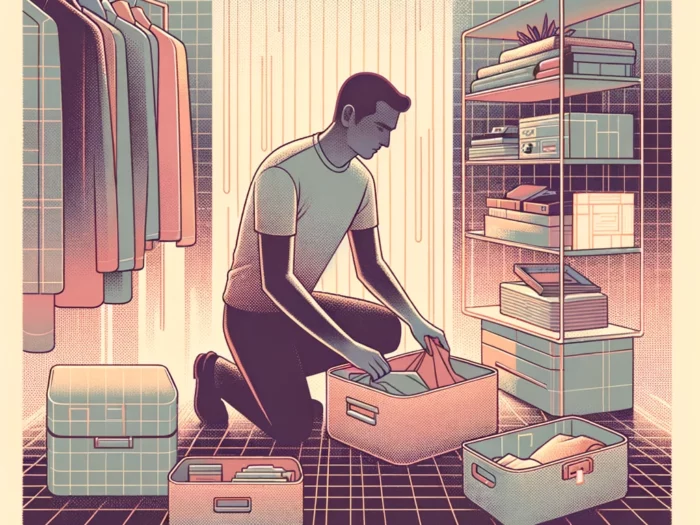The beauty of minimalism is found in its ability to convey profound truths with simplicity. The focus is often on what’s not there as much as on what is. This minimalist ethos has been embraced by several filmmakers, leading to cinematic masterpieces that challenge conventional storytelling. Stripped of unnecessary embellishments, these films capture the essence of their narratives, proving that less is, indeed, often more.
In this article, we’ll journey through ten remarkable films that have successfully woven minimalism into their tapestry. These films showcase how the art of ‘less’ can evoke a deeper emotional response, tell a more powerful story, and leave an indelible mark on the audience. So, dim the lights, grab your popcorn, and let’s dive into the world of minimalist cinema.
Lost in Translation (2003)

Sofia Coppola’s Lost in Translation is a masterclass in using minimalism to tell a deeply moving story. Set in the heart of Tokyo, the film tells the story of two strangers, Bob (Bill Murray) and Charlotte (Scarlett Johansson), who form an unlikely bond in a foreign land. The film’s minimalism lies in its subdued dialogue, understated performances, and a bare-bones plot focused on the characters’ inner experiences.
Coppola intentionally shies away from intricate plot developments or dramatic twists. Instead, she allows silence, expressive glances, and quiet moments of introspection to drive the narrative. The dialogues are sparse, with the characters often communicating through shared glances, nods, and smiles. This minimalist approach beautifully underscores the themes of loneliness and cultural disorientation that pervade the film.
The cinematography of Lost in Translation also embraces minimalism, with a muted color palette and a keen focus on stillness. Coppola often frames her characters against the sprawling cityscape of Tokyo, accentuating their sense of isolation and alienation. These visuals serve as a silent commentary on their emotional state, further emphasizing the film’s minimalist storytelling approach.
Lost in Translation serves as a shining example of how a film can say more with less. By eschewing extraneous elements and focusing on the core narrative, it resonates on a deeply emotional level, offering a poignant exploration of connection, dislocation, and the human condition.
No Country for Old Men (2007)

The Coen Brothers’ No Country for Old Men is a minimalist masterpiece wrapped in a thrilling cat-and-mouse chase. Based on Cormac McCarthy’s novel, the film presents a bleak landscape of rural Texas and the ruthless violence that pervades it. The film’s minimalism is evident in its sparse dialogue, understated performances, and an audacious lack of traditional film music.
Unlike many of their contemporaries, the Coen Brothers decided to forego a traditional film score, creating an eerily quiet backdrop against which the film’s brutal events unfold. This minimalist choice heightens the tension and places the audience directly into the raw and unforgiving landscape of the narrative.
The Coen Brothers’ use of minimalism also extends to the film’s dialogue. Characters say very little, and what they do say is often stripped down to its bare essence. This stark, bare-bones dialogue style mirrors the harsh reality of their existence and the brutality of their world.
The performances in No Country for Old Men further embrace minimalism. The characters’ motivations, fears, and personalities are often conveyed through subtle expressions, body language, and the actions they take, rather than through extensive dialogue or explicit exposition.
By embracing minimalism in its storytelling, No Country for Old Men achieves a potent sense of realism and urgency. The Coen Brothers use the principles of ‘less is more’ to tell a complex story in a straightforward manner, resulting in a film that is as unsettling as it is unforgettable.
Drive (2011)

In the realm of minimalist cinema, Drive occupies a prominent place. Directed by Nicolas Winding Refn, the film tells the story of a nameless stunt driver (Ryan Gosling), who doubles as a getaway driver. Despite the high-octane premise, Drive is a film of few words, relying instead on powerful visuals and nuanced performances to convey its narrative.
Refn’s minimalist style is evident in the sparse dialogue. Gosling’s character, referred to only as “Driver”, is a man of few words. His silence enhances his mysterious allure and heightens the tension throughout the film. This also forces the audience to pay more attention to the visual elements of the story, as they become the primary mode of communication.
The cinematography and sound design in Drive also embraces minimalism. The film features long, lingering shots and a vibrant color palette that contrasts the dark, gritty undertones of the narrative. Similarly, the film’s iconic synth-heavy score is used sparingly, making it all the more impactful when it does punctuate the silence.
Moon (2009)

Moon, directed by Duncan Jones, is a science fiction film that beautifully leverages minimalism to create a gripping narrative. The film revolves around Sam Bell (Sam Rockwell), the sole inhabitant of a lunar mining base, as he grapples with solitude and a series of increasingly unsettling events.
Moon‘s minimalism is evident in its limited cast, confined setting, and pared-down special effects. Rockwell is the only actor on-screen for much of the film, carrying the narrative through his performance. The film’s setting—a lonely lunar base—is equally minimal, creating an atmosphere of isolation that mirrors Sam’s mental state.
In terms of special effects, Moon opts for practical models and effects over high-budget CGI. This choice enhances the film’s realistic feel and allows the story and performances to remain the central focus. It’s a testament to how minimalism can be effectively employed even within genres traditionally associated with grand spectacle.
A Ghost Story (2017)

David Lowery’s A Ghost Story is a film that encapsulates minimalism both in its narrative structure and visual style. The film tells the story of a ghost (Casey Affleck) who remains in his home after death, observing the passage of time and the life of his grieving partner (Rooney Mara).
A Ghost Story is an exercise in cinematic minimalism, featuring long takes, little dialogue, and a simple narrative structure. Many scenes consist of extended, uninterrupted shots that allow the audience to fully absorb the details and contemplate the themes being presented.
The film also features minimalistic sound design. The lack of a traditional score and minimal use of sound effects create an eerie silence that echoes the ghost’s loneliness and the vast emptiness of time.
Lowery’s use of minimalism in A Ghost Story creates a haunting and evocative exploration of grief, time, and existence, proving that sometimes, less truly is more.
The Turin Horse (2011)

Béla Tarr‘s The Turin Horse is a quintessential example of cinematic minimalism. The Hungarian director is known for his sparse narrative style, and this film is no exception. It centers on a farmer and his daughter, leading a mundane existence in a remote, wind-swept locale, with their horse as their sole companion.
The film unfolds slowly, with many scenes depicting the simple, repetitive tasks of daily life. There’s minimal dialogue, with the focus primarily on the characters’ actions and the harsh environment they inhabit. The aesthetic is stark and stripped back, using a monochrome palette that enhances the bleakness of the characters’ existence.
Despite—or perhaps because of—this minimalistic approach, The Turin Horse is a powerful exploration of the human condition. Its stripped-back style forces the viewer to engage deeply with the film, making for a uniquely immersive and thought-provoking experience.
Jeanne Dielman, 23 Quai du Commerce, 1080 Bruxelles (1975)

Chantal Akerman’s Jeanne Dielman, 23 Quai du Commerce, 1080 Bruxelles is an extraordinary study in minimalism. The film meticulously chronicles three days in the life of a widowed mother, Jeanne Dielman, played by Delphine Seyrig, as she goes about her daily routine.
Akerman adopts a minimalist approach in her depiction of Dielman’s life, with a focus on repetitive domestic tasks like cooking, cleaning, and childcare. The film’s dialogue is sparse, with the emphasis placed on these activities. This approach allows the audience to become engrossed in the mundanity and rhythm of Dielman’s existence, making the subtle shifts in her routine increasingly significant.
The film’s visual style mirrors its minimalist narrative approach. Akerman often frames scenes from a fixed camera position, capturing Dielman’s actions in real time. This minimalist approach serves to heighten the tension and sense of unease that gradually builds over the course of the film.
A Single Man (2009)

In Tom Ford’s directorial debut, A Single Man, minimalism takes center stage. The film tells the story of George Falconer (Colin Firth), a college professor struggling with loneliness and despair after the death of his partner.
Ford, a fashion designer-turned-director, brings a keen aesthetic sensibility to the film. He employs a minimalist approach to the production and costume design, with careful attention to color, composition, and detail. The film’s aesthetic is clean and streamlined, with each element carefully chosen to enhance the emotional impact of the story.
The narrative is similarly minimalist, focusing on a single day in George’s life. Rather than relying on an intricate plot, the film explores George’s inner world through his interactions, memories, and the physical environment. This minimalistic focus allows the film to delve deeply into themes of grief, isolation, and the search for meaning, offering a poignant exploration of the human condition.
Into The Wild (2007)
![Into the Wild [2007] - Rabbit Reviews](https://www.rabbit-reviews.com/wp-content/uploads/2019/10/Into-The-Wild-2007-Movie-Image-Review.jpg)
Directed by Sean Penn, Into The Wild is a biographical adventure film that traces the journey of Christopher McCandless (Emile Hirsch), a man who left his affluent life to live in the Alaskan wilderness. The film celebrates minimalism, not just in its production style, but also in its exploration of a life free from materialistic excess.
The narrative unfolds in a simple, straightforward manner, highlighting McCandless’s experiences and interactions during his travels. McCandless’s search for a simpler life, free from consumerist culture, underpins the entire narrative, making it a clear endorsement of minimalist principles.
Visually, Into The Wild uses natural landscapes to underline McCandless’s quest for simplicity and connection. The film’s color palette is natural and understated, with the vast, open landscapes serving as a powerful symbol of the freedom that comes with embracing minimalism.
Paterson (2016)
/cdn.vox-cdn.com/uploads/chorus_image/image/52491219/paterson2.0.jpeg)
Paterson, directed by Jim Jarmusch, is a quiet, contemplative film that uses minimalism to explore the poetry of everyday life. The film revolves around Paterson (Adam Driver), a bus driver in the city of Paterson, New Jersey, who writes poetry in his spare time.
Jarmusch’s narrative style is deliberately slow and restrained, focusing on the ordinary details of Paterson’s life. The film unfolds over the course of a week, with each day following a similar routine. This repetition allows the film to explore the beauty and profundity in the mundane, a hallmark of minimalist storytelling.
Visually, Paterson favors a muted color palette and simple, uncluttered compositions. The film’s use of stillness and silence further enhances its minimalist aesthetic, inviting the audience to slow down and appreciate the simplicity of Paterson’s world.
Through its embrace of minimalism, Paterson offers a tender, thoughtful exploration of creativity, routine, and the quiet moments that make up our lives.
In conclusion, minimalism in cinema is far from a lack of creativity or substance. Instead, it is the deliberate choice to strip back excess and focus on the essential. These ten films — Lost in Translation, No Country for Old Men, Drive, Moon, A Ghost Story, The Turin Horse, Jeanne Dielman, 23 Quai du Commerce, 1080 Bruxelles, A Single Man, Into The Wild, and Paterson — demonstrate that minimalism can elevate storytelling, creating narratives that are evocative, profound, and deeply human.
These films teach us that less is often more. They remind us of the power of silence, the importance of simplicity, and the beauty of stripping things back to their bare essentials. Whether it’s in the stark visuals of Drive, the quiet introspection of Paterson, or the exploration of a life free from materialistic excess in Into The Wild, each film embodies the minimalist ethos in its own unique way.
So next time you settle in for a movie night, consider one of these minimalist masterpieces. Not only will you be treated to a compelling narrative and stunning visuals, but you might also find yourself pondering the beauty of simplicity and the value of living with less. Just as minimalism can enhance our lives, it can also make for truly powerful cinema.









